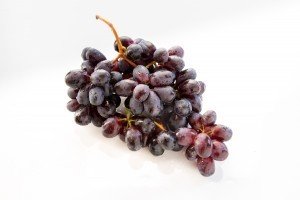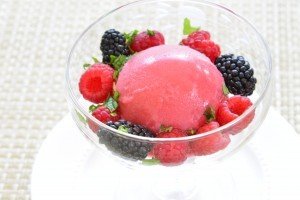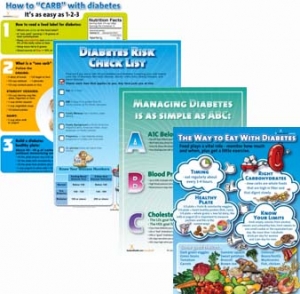Refreshing Summer Treats
There's more to summer refreshment than the siren song of the ice cream truck. Did you know that you can make inexpensive and totally delicious popsicles at home?If you follow this blog, then you probably already saw the popsicle comparison post that went up last week. We didn't manage to find one popsicle that combined low calorie density with high nutrient content, though we did find some great contenders that reached one goal or the other.One solution to this search dilemma is to make your own frozen treat. That way, you know exactly what's in them. Plus, homemade treats are often far less expensive than their store-bought counterparts. What's not to love?In this post, we will show you how to make 3 delicious frozen fruit treats:
- Popsicles
- Frozen fruit
- Granitas
Popsicles: You don't actually need specialty equipment to make your own popsicles, though popsicle molds sure are fun. You can make treats using paper cups, champagne flutes, popsicle molds, or even ice cube trays. Popsicle molds and sticks will make treats more fun to eat, but they are not necessary.Once you have the materials to make your popsicles, then it's time to move on to the actual ingredients. The easiest way to make popsicles is to pour 100% fruit juice into the molds and then freeze them until you have popsicles. You can also mix things up with fruit purees, layers of frozen yogurt, or pieces of fresh fruit.Check out this recipe for Watermelon Freezies:
Watermelon Freezies
Serves: 6 | Serving Size: 1 4-oz popsicleTotal Time: 10 min | Prep: 5 min | Cook: 5 minIngredients:1 cup seedless watermelon chunks1 cup orange juice1 cup water6 small 6-ounce paper cups6 popsicle sticks or plastic spoonsDirections:Mix watermelon, orange juice, and water together in a blender until smooth. Pour into paper cups and place in the freezer.When pops are partially frozen, insert sticks or small plastic spoons into the cups. These will be your handles. Continue freezing until the popsicles are hard.When it is time to serve, dip each cup into warm water and pull the popsicle from its wrapper.Chef's Tips:Warm water makes it easier to remove the cups from the frozen mixture, leaving you with a delicious summer treat on a stick!Serves 6.Each 4-oz popsicle contains 37 calories, 0 g fat, 0 g saturated fat, 0 g trans fat, 0 mg cholesterol, 3 mg sodium, 9 g carbohydrate, 0 g fiber, 7 g sugars, 0 g protein. ©
Frozen fruit: Of course, freezing fruit like berries, grapes, and watermelon is probably the best summer bet of all! With frozen fruit, you get all the nutrients and fiber of fruit, without the concentrated sugars that accompany juice. Freezing fresh fruit is a great way to preserve fruit when you accidentally buy too much or when it's ripening faster than you can use it. Granitas: Granitas are frozen fruit pureea that is frozen in a shallow container and stirred a few times in the process. It makes a frozen treat that is more intense in flavor and color than a sorbet, which incorporates air. The richness of the fruit really persists!Granitas are easy to make. Simply puree ripe fruit, pour it into a shallow container, and freeze. Stir a few times along the way. When your granita is frozen, you can place it in a sealed container and it will last about a week.
Granitas: Granitas are frozen fruit pureea that is frozen in a shallow container and stirred a few times in the process. It makes a frozen treat that is more intense in flavor and color than a sorbet, which incorporates air. The richness of the fruit really persists!Granitas are easy to make. Simply puree ripe fruit, pour it into a shallow container, and freeze. Stir a few times along the way. When your granita is frozen, you can place it in a sealed container and it will last about a week. Making your own treats is easy on your wallet. Seasonal produce is cheaper than produce that is out of season and brought in from far away. Juice is generally inexpensive as well. Most fresh juices are around $.07 an ounce.Of course, if you can't resist the popsicle-shopping urge, keep a few of these handy tips in mind...
Making your own treats is easy on your wallet. Seasonal produce is cheaper than produce that is out of season and brought in from far away. Juice is generally inexpensive as well. Most fresh juices are around $.07 an ounce.Of course, if you can't resist the popsicle-shopping urge, keep a few of these handy tips in mind...
- Choose bars with low calories per serving.
- Calculate calorie density and choose some of the lowest options.
- Try to find bars that are 100% juice.
- Steer clear of bars that have a lot of added sugar. You can check sugar content in the grams of sugar section of the Nutrition Facts panel and look for added sugars in the ingredient list.
Do you like these resources? There are more in the Nutrition Education Store! Check out these great educational materials...




